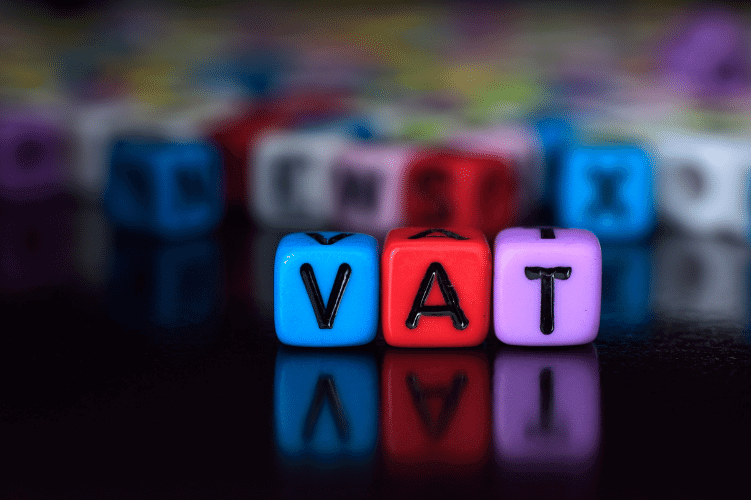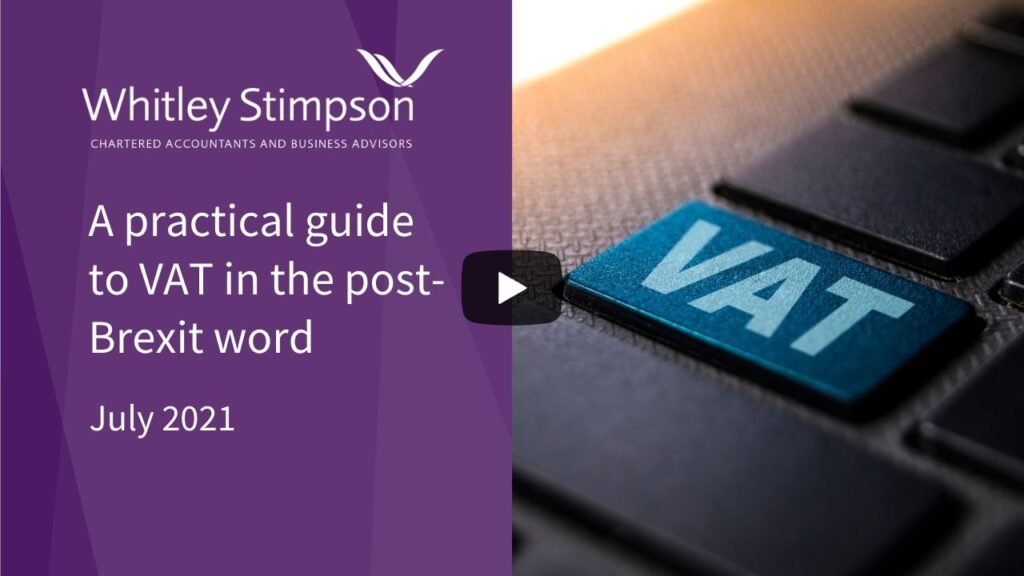When the Brexit transition period ended at the end of 2020, UK businesses gained a new list of VAT rules to contend with when it came to trading with the EU.
This time last year, the UK followed the EU VAT regime, which meant that British businesses didn’t have to register for VAT in each EU country, and instead followed a common set of rules.
Now, businesses have to treat EU member states as they would have previously treated non-EU countries – but what does that mean exactly for how your business accounts for VAT?
Accounting for VAT in your records
While trade with the EU used to be VAT-free, importers must now pay VAT on goods worth over £135, unless those goods are zero-rated.
VAT can be paid at the point where the goods will be released into circulation, like the port of entry or a distribution warehouse.
In that case, businesses that plan on reclaiming the VAT from the UK Government, perhaps because those goods are for their taxable business activities, have to obtain monthly C79 reports from HMRC.
On the other hand, businesses may use the postponed VAT accounting system, which is similar to the existing reverse charge mechanism, whereby businesses account for import VAT on their periodic VAT return.
Importers who make deferred customs declarations must use postponed VAT accounting.
For consignments with a value of £135 or below, businesses don’t have to pay import VAT at the border, but must report it to HMRC under the reverse charge mechanism.
Import one-stop shop goes live on 1 July
The EU is making further changes to VAT rules from 1 July 2021, notably the import one-stop shop (IOSS) which will be applicable to non-member businesses shipping goods to the EU.
Through the IOSS, online sellers transferring goods not exceeding a value of €150 to a buyer in the EU must pay the VAT rate applicable to the specific member state the goods are going to. VAT will also apply to goods valued below €22 as well, which is currently not the case.
If the seller uses an electronic interface (Amazon or Ebay, for example) to make the sale, that interface will be considered to have made the sale and will in principle be liable for the payment of VAT.
The EU says that the IOSS will make the collection, declaration and payment of VAT simpler for sellers who are making distance sales of imported goods to the EU.
It also simplifies the process for buyers, who will only be charged at the time of purchase, and will therefore face no surprise fees when the goods are delivered.
SME post-Brexit grants
Switching to a completely new VAT regime when it comes to your business relationship with EU member states is no small feat.
That’s why the UK Government has created a fund to help small businesses with customs declarations and VAT payments – the SME Brexit Fund.
Funding from the £20 million scheme can help pay for:
- recruitment, training and IT to help your business to complete customs declarations
- co-funded training projects to help your business complete customs declarations
- trader-training to understand customs
Alternatively, seeking professional advice can make all of this much clearer and iron out the details more quickly.
At Whitley Stimpson, we have the specialist knowledge and expertise to guide you through the challenging process of adapting to the post-Brexit world.
We have partners and advisors throughout Oxfordshire and Buckinghamshire. Get in touch with us to get the conversation started.
For a summary of the changes to VAT in the post-Brexit world view our informative video below.

